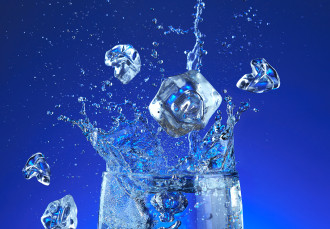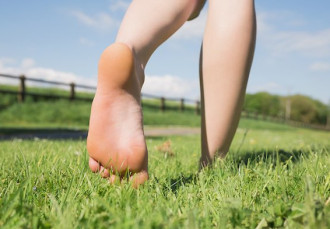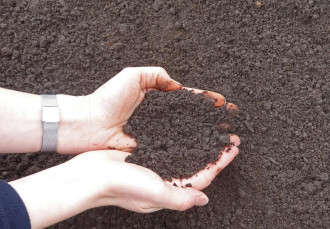
Just one acre of grass can absorb hundreds of pounds of fossil-fuel created sulfur dioxide in a single year.

A turf area 50' x 50' produces enough oxygen to meet the everyday needs of a family of four and each acre of grass produces enough oxygen for 64 people a day.

Turfgrass is the best defense against soil erosion. Grass binds the soil more effectively than any other plant. The reason is that each grass plant has an extensive root system. Up to 90% of the weight of a grass plant is in its roots.

Runoff can be reduced by establishing new lawns and turfgrass areas. The biology of turfgrass makes lawns a near ideal medium for the biodegradation of all sorts of environmental contamination. Turfgrass purifies the water as it leaches through the root zone and down into our underground aquifers. Soil microbes help break down chemicals into harmless materials. This filtration system is so effective rain water filtered through a good healthy lawn is often as much as 10 times less acidic than water running off a hard surface.

We've all had the pleasant experience of walking barefoot in the yard and feeling how cool the grass is underfoot. That's not an illusion. Turfgrass plays an important part in controlling our climate. The cooling properties of turf are so effective that temperatures over turfed surfaces on a sunny summer day will be 10 - 14 degrees cooler than over concrete or asphalt. Or to put it another way, consider the fact that on a block of eight average homes, the front lawns have the cooling effect of 70 tons of air conditioning!

Grass plants have the ability to absorb sound. Noise levels are affected by the softness or hardness of the surface over which sound travels. Because grassed areas present such an irregular soft surface, they are very effective at reducing noise levels.

Your own lawn is the most natural and economical fertilizer available on the market today. Consider that every individual plant of Kentucky bluegrass produces about 3 feet of growth a year. The average lawn produces about 233 pounds of clippings every year for every 1,000 square feet of turf area. Leaving these clippings on the lawn and allowing them to decay and decompose in place is the equivalent of three applications of lawn fertilizer.